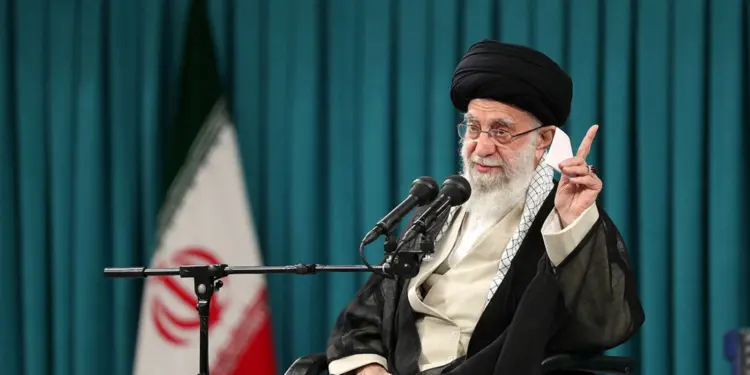Beyond the military and nuclear targets, the Israeli strikes underway against Iran seem to aim for the very heart of power in Tehran. According to several American sources relayed by CNN and The New York Timesthe Hebrew state no longer deviates the hypothesis of a collapse of the regime, following a skilfully orchestrated war of wear.
Officially, Israel claims to want to prevent Iran from having nuclear weapons. “We are now dealing with the head of the snake,” said Israeli Defense Minister Israel Katz on Friday June 13. But behind this security discourse appears to be a deeper strategy: permanently weakening the Iranian state to force a political, even institutional turning point.
An American intelligence report quoted by CNN evokes the change of regime as a latent aim, persistent in the Israeli security circles. Although the strikes do not officially have this declared objective, several American officials believe that Israel sees in the current operation a historic opportunity.
According to the New York Timesthe first strikes targeted leading personalities in the Iranian military apparatus: the chief of staff Mohammad Bagheri, the commander of the revolution guards Hossein Salami and several generals were killed. This targeted attack, at the very heart of Tehran, would have disorganized the chain of command, unprecedented since the Iran-Iraq war.
A logic of negotiation under the bombs
The current sequence seems to be part of a tactic called “talks under the bombs”: intensifying military pressure to force the opponent at the negotiation table in a weak posture. Tehran must soon resume indirect discussions with Washington on the nuclear file. For an analyst close to American intelligence services, “the more the regime is busy containing internal fires, the more it becomes permeable to external concessions”.
The Trump administration, according to several leaks, had been informed in advance of the Israeli plan, without providing direct military support. This ambiguous posture reflects the strategic divisions in Washington on the management of the Iranian file.
Contrasting historical previous
This type of strategy is not unprecedented. Since the end of the Second World War, the United States has repeatedly attempted to cause changes in regime in the region. In Iran itself, the CIA had orchestrated in 1953 Operation Ajax, overthrowing Prime Minister Mohammad Mossadegh. But more recent attempts illustrate complexity – even failure – such companies.
Iraq, Libya, Syria: ambiguous results
The invasion of Iraq in 2003, motivated by the fear of weapons of mass destruction, certainly led to the fall of Saddam Hussein, but at the cost of an institutional collapse, the rise of terrorism and a sustainable regional instability.
Libya, in 2011, experienced a similar trajectory: the international intervention against the Gaddafi regime led to a prolonged chaos, with a failed state and rival militias.
In Syria, despite a long international seat and indirect military pressures, the regime of Bashar al-Assad resisted more than ten years before collapsing brutally in December 2024, following an unexpected rebellious offensive. This late fall shows that even the most rooted diets can end up waving … or maintaining all expectations.
A risky strategic bet
For Israel, the option of a controlled collapse of the Iranian regime seems attractive. The Hebrew state may hope to reproduce, on a much larger scale, the dynamics observed in Lebanon: the 2024 strikes against Hezbollah had sustainably weakened its political grip.
But this bet remains at high risk. Iran still has a resilient security device and a social basis that can be mobilized in the event of an external threat. The effect of “rallying around the flag” could paradoxically strengthen the regime in the face of a foreign aggression.
The Supreme Guide Ali Khamenei has already promised a “painful and irreversible” response. A direct climbing – even a regional conflagration – remains possible if Tehran chooses the confrontation instead of the negotiation.








